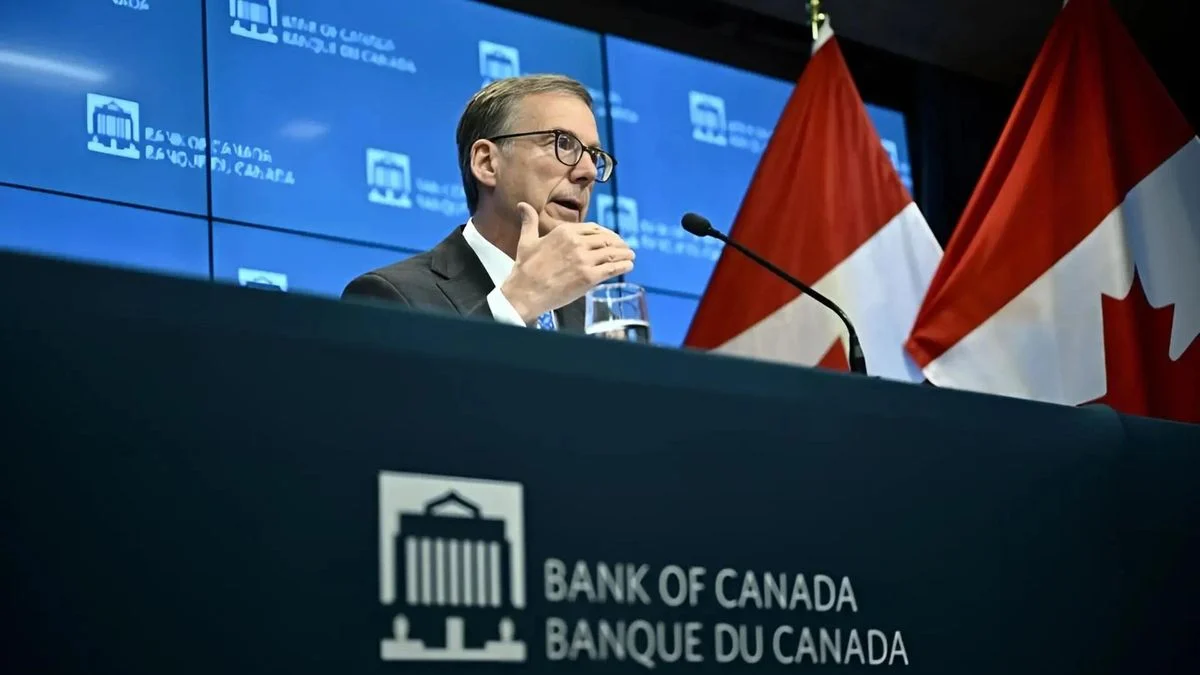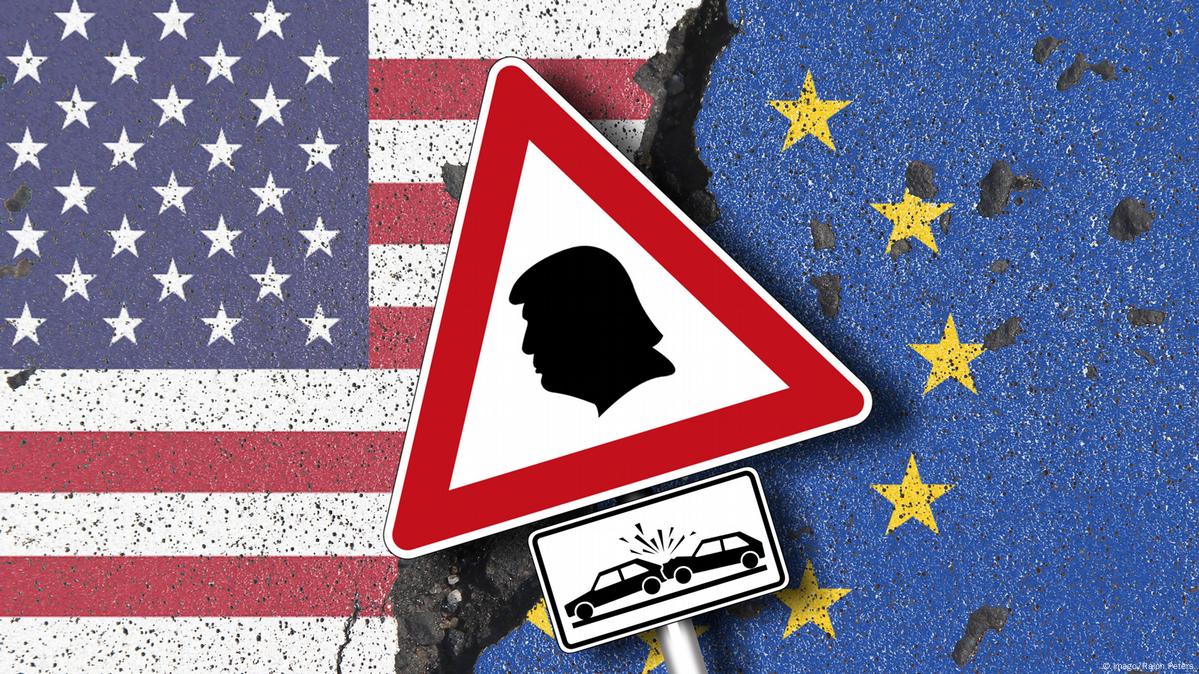The Bank of Canada on Wednesday cut its key interest rate by 25 basis points to 3.0%, noting that the US tariff threats were creating uncertainty in the economy.
“The economy is expected to recover gradually and inflation is expected to remain close to our target (2%),” the central bank said. “However, the resilience of the Canadian economy would be tested if widespread and significant tariffs were imposed.”
“A protracted trade dispute (with the US) would likely result in lower Canadian GDP and higher prices,” he said. He went on to say.
US President Donald Trump announced that he would impose 25% tariffs on imports from neighboring Canada and Mexico starting as early as February 1.
Retaliation measures in the form of counter-tariffs are already being prepared, Canadian officials told AFP, but there is a risk of triggering a trade war between the two allies.
The Bank of Canada said the situation has created “greater uncertainty than usual” and that the scope and duration of such a trade dispute are “unpredictable”.
She noted that the Canadian dollar had weakened significantly before the tariffs were imposed. Oil prices have been volatile and have exceeded the bank’s previous forecast in October 2024.
Overall, the Canadian economy has recently recovered, despite sluggish business investment and a soft labor market, which are expected to stave off both robust consumption and construction activity.
However, the bank lowered its growth forecast for 2025 and 2026 to 1.8%.
The central bank has significantly cut interest rates since last June, and with inflation now largely under control, analysts tentatively expect rates to be cut another 75 basis points by the end of the year.
However, according to the central bank, the tariffs would lead to a collapse of Canadian exports. These are mainly exported to the United States, which accounts for 20% of the Canadian economy and provide employment for around 2 million people.
It would also lead to significant job losses, a further depreciation of the Canadian dollar, and reduced business investment.
In the baseline scenario, Canada’s GDP growth would be 2.5 percentage points lower in the first year and 1.5 percentage points lower in the second year, compared to what would happen without the tariffs.
Monetary policy cannot compensate for this. “What we can do is help the economy adjust,” said Federal Reserve Chairman Tiff Macklem.
TD Bank economist James Orlando wrote in a research note: “The threat of tariffs is a negotiating tactic and we expect it to be temporary with minimal long-term impact.”




